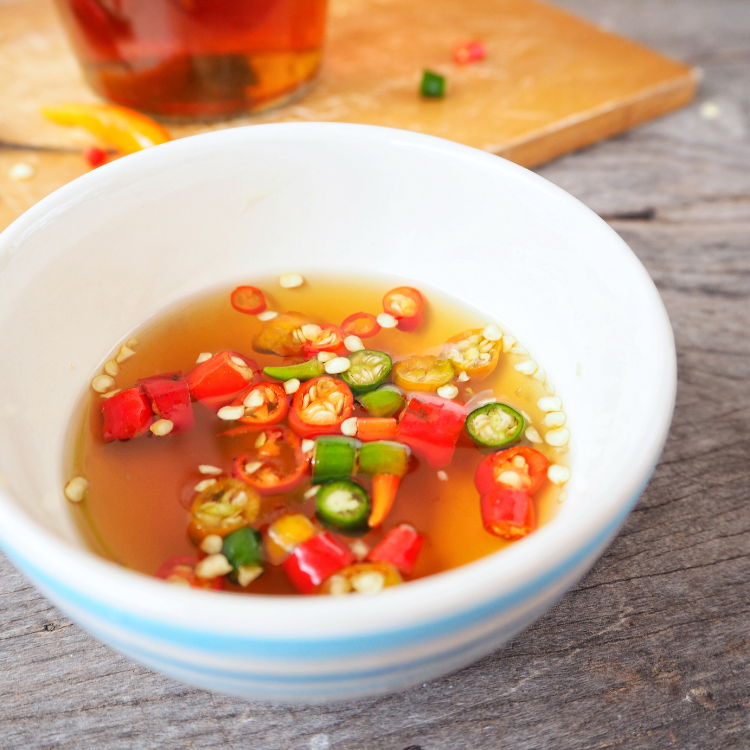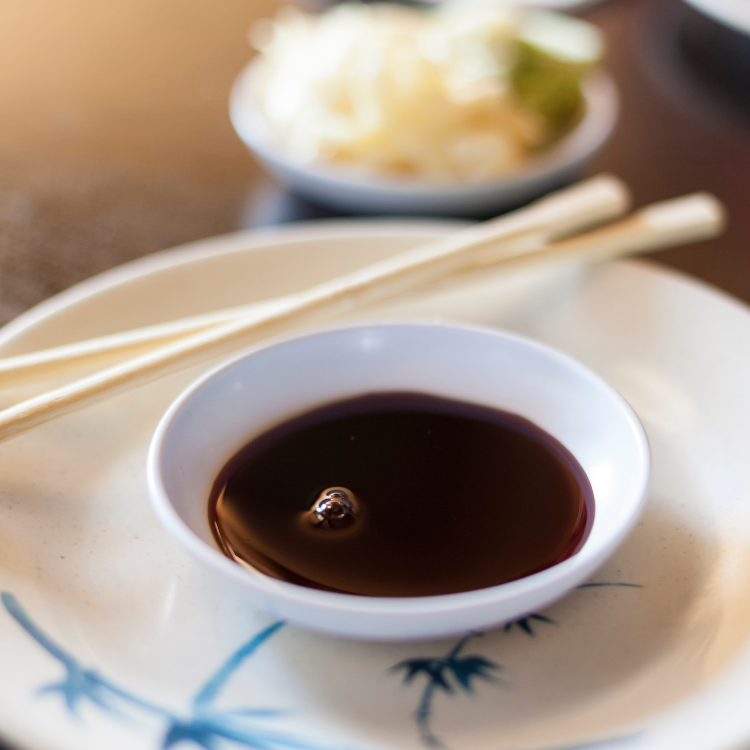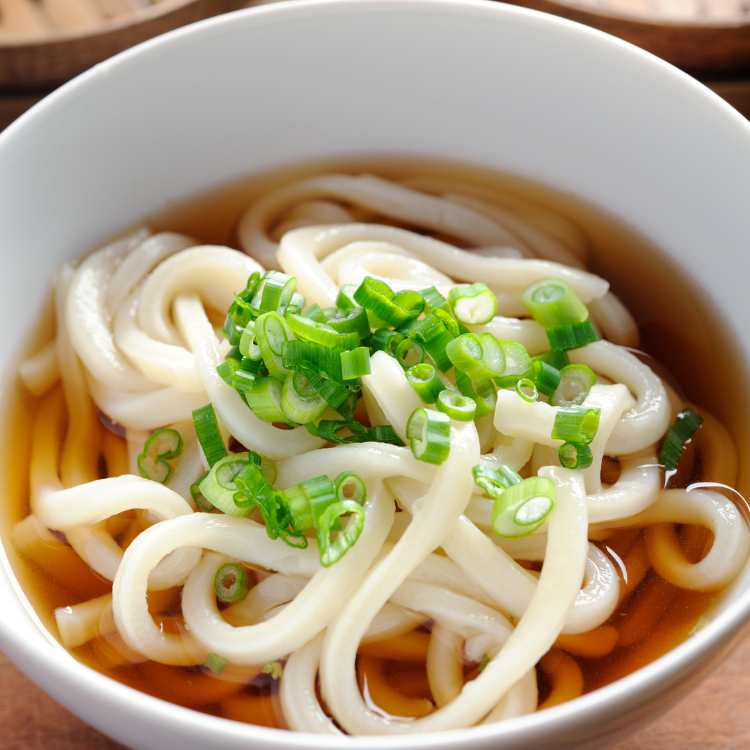Soy Sauce
13 products
⭐⭐⭐⭐⭐ 4.9/5.0 (100+ reviews)
⭐⭐⭐⭐⭐ 4.9/5.0 (100+ reviews)

13 products
FAQs: Soy Sauce
Soy sauce is a versatile and essential ingredient in authentic Asian cooking. It's renowned for adding depth, richness and umami to a wide range of dishes. As one of the most popular and widely used Asian sauces, it's a staple in many kitchens including our own. Whether you're cooking stir-fries, marinades, or dipping sauces, soy sauce is a must-have.
Soy sauce is a dark, savoury condiment originating from East Asia. It is traditionally made from fermented soybeans, wheat, water, and salt. The fermentation process lasts up to 6 months and helps to develop the tastes and aromas that soy sauce is renowned for.
Soy sauce offers a savoury, rich umami and slightly salty taste. Its complex flavour profile can vary depending on the brand, type and quality of soy sauce.
Soy sauce is an incredibly versatile condiment used in various cuisines worldwide. Here are some common ways we like to use soy sauce:
Seasonings: Add a dash of soy sauce to season and add a savoury flavouring to stir-fries, fried rice, or noodle dishes.
Marinades: Combine soy sauce with other ingredients such as garlic, ginger or even lemon to create a delicious marinade for meats, tofu, or vegetables.
Dipping sauces: Mix soy sauce with vinegar, sesame oil, and chilli for a flavourful dipping sauce that goes well with dim sum, spring rolls, or sushi.
Stir-fry sauces: Add flavour to a simple stir-fry sauce by combining soy sauce with ingredients such as ginger, garlic, and cornstarch.
Soups and broths: Add a splash of soy sauce to soups, broths, or stews to enhance their flavour. It's great for adding extra depth and richness to the base of the dish.
Regular soy sauce
Regular soy sauce is a classic and versatile condiment that serves as a staple in many kitchens. Regular soy sauce offers a balanced combination of savoury, salty, and umami flavours. It is great for a wide range of applications, including seasoning, marinating, stir-frying, and for adding flavours to soups, broths and sauces. This is why you may see it referred to as all-purpose soy sauce.
Light soy sauce
Light soy sauce has a lighter colour and a saltier taste compared to regular soy sauce. It is used primarily for its seasoning properties or when you want to add a savoury kick to dishes without overpowering the other flavours. Light soy sauce is commonly used in stir-fries, marinades, and sauces where a lighter and saltier touch is desired. It still gives a delicate umami taste and helps to enhance the natural flavours of ingredients.
Dark soy sauce
Dark soy sauce is darker, thicker and comes with a more complex taste profile. Dark soy sauce is renowned for its ability to add depth, colour, and extra sweetness to dishes. It is commonly used in braised dishes, stews, marinades, and sauces, where its robust flavour complements and enhances the overall richness of the dish.
Tamari is a type of soy sauce that originates from Japan, and it’s typically made without wheat, making it a great gluten-free alternative. While tamari has a similar umami-rich flavour to regular soy sauce, it’s often less salty and has a slightly thicker consistency.
Soy sauce should be stored in a cool, dark place, like a pantry. Once opened, it’s best to keep it in the refrigerator to maintain its freshness and flavour, though it can also be kept at room temperature if consumed within a reasonable time. Always read the instructions as they may differ.
Unopened soy sauce can last for years, but once opened, it’s often best to use it within six months to a year for optimal flavour. Always check the packaging for the best before date, and be sure to refrigerate it after opening for longer shelf life.
Most traditional soy sauces contain wheat, so they are not gluten-free. However, tamari or specially labelled gluten-free soy sauces are available and can be used as a substitute for those with gluten sensitivities.
A great selection, and a great price . My Son will be very happy, when he opens this on Christmas Day .
These gunmies are amazing. My kids love them. Quick delivery.
I have had this gochujang paste before and use it on everything from a spicy roast chicken, salmon fillets and beef mince to marinades and dressings. It elevates everything to super-tasty. Morueats has a great range of products (particularly if you don't live in a city or near to an asian market) and delivered quickly.
They love japanese cooking. Seems very nice.
Bought as a gift.Am told that the Gochujang red pepper tastes delicious.The recipient of the selection of Korean foods was very happy with all of it.
.impressive variety of goods!bought as a gift.
My grandson aged 12 loves Korean food . So I sent the gift bag.
First class kit with everything you need to make authentic sushi! Great presentation in a gift quality bag too! Love it!
Perfect gift. Will last for years. Very happy!
Was in Thailand recently,and never saw this flavour in 24 super cheap or big c,so had check them out and luckily they were on sale so I bought four cans they have a lovely spicy smoky flavour
Totally brilliant thanks
Get our latest offers & inspiration
Sign up for our newsletter and get 10% off your 1st Order of £15!




